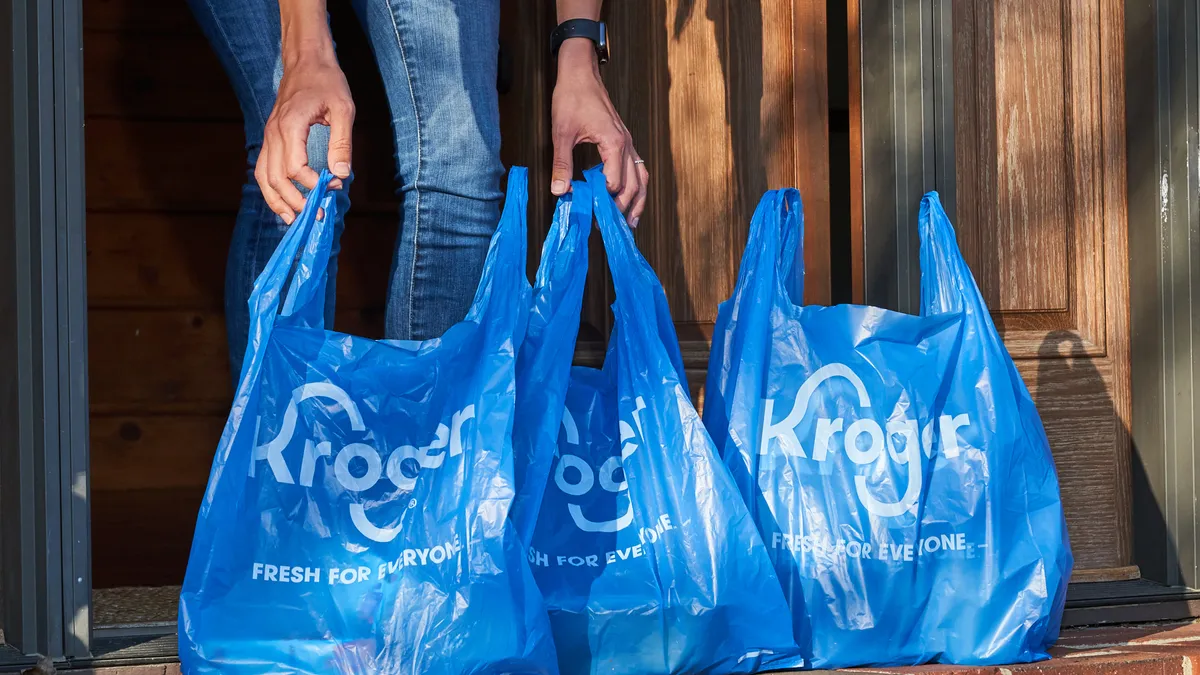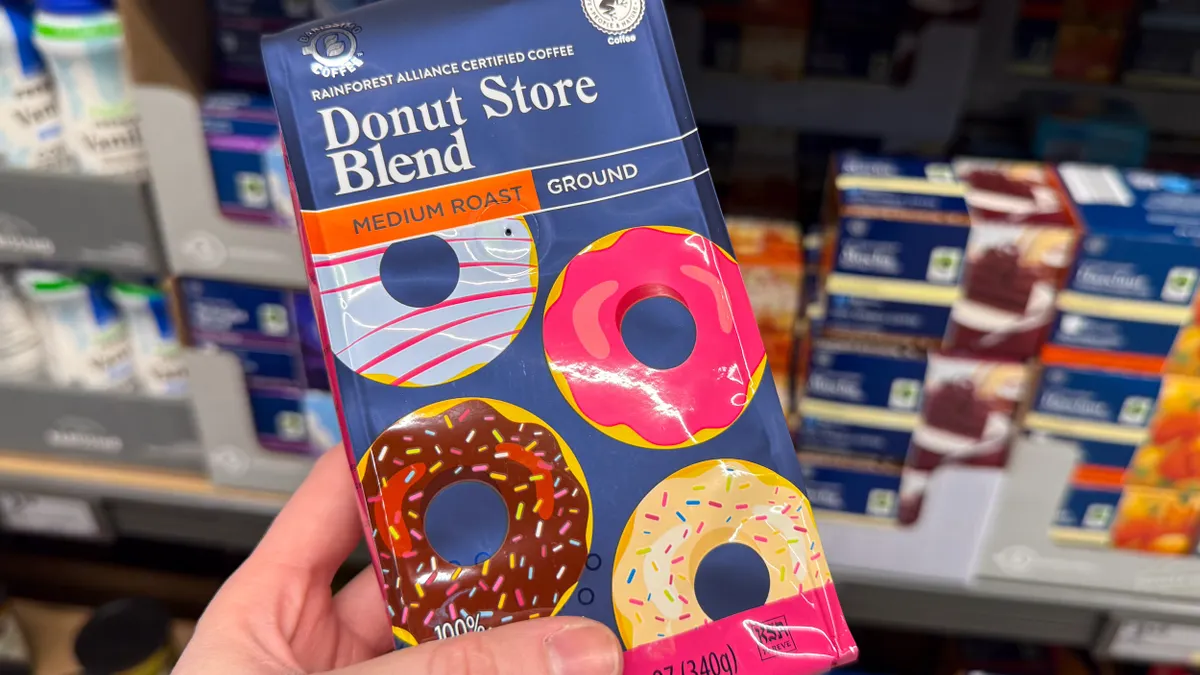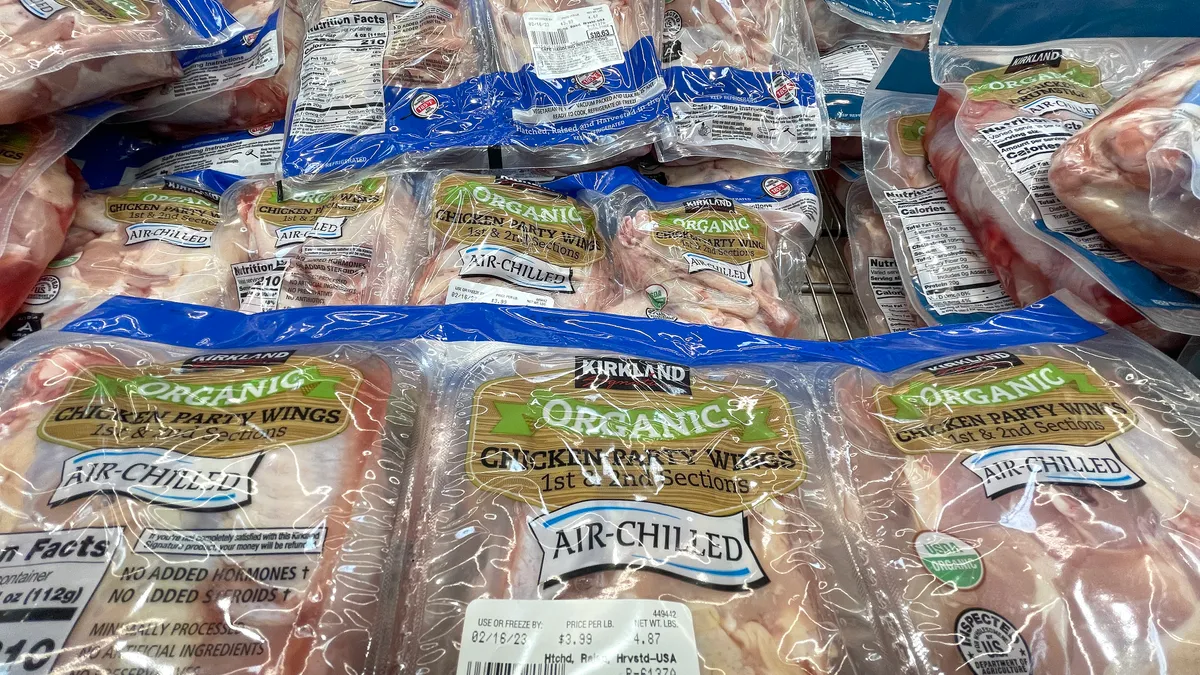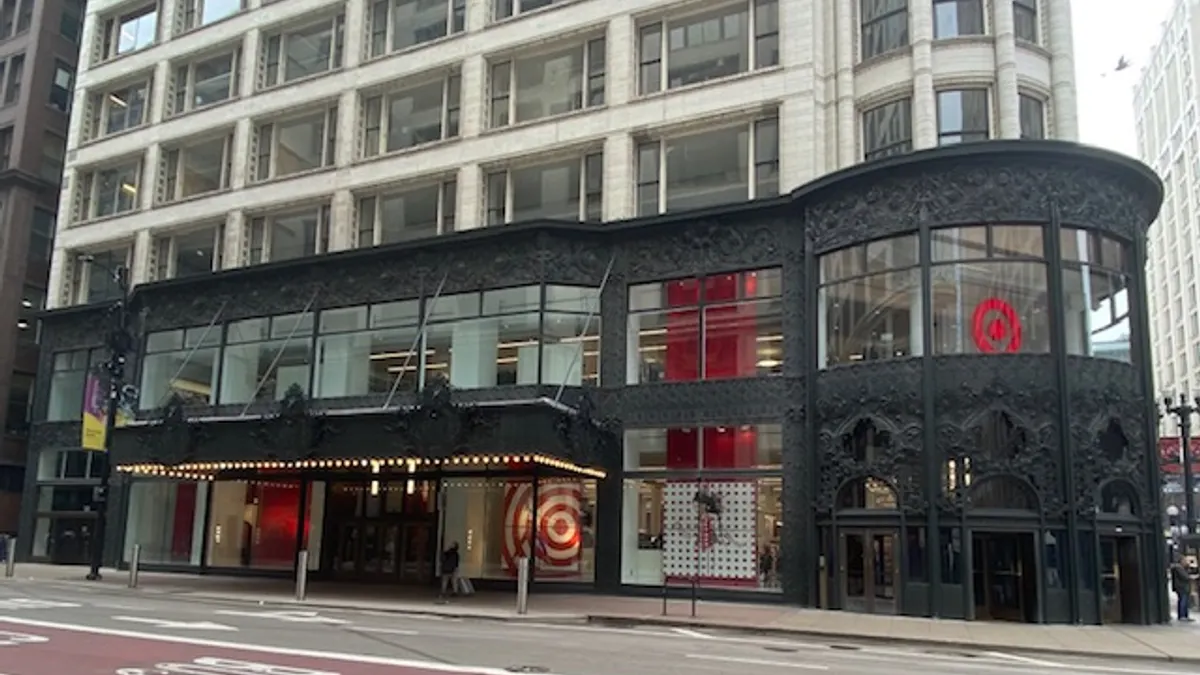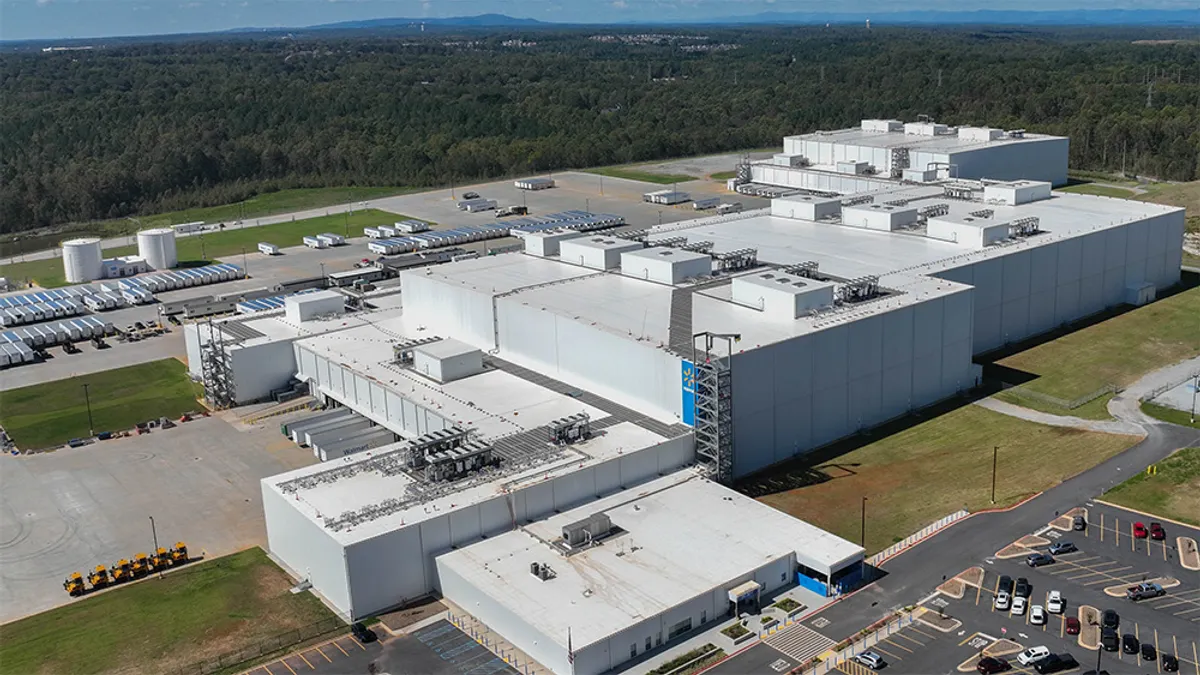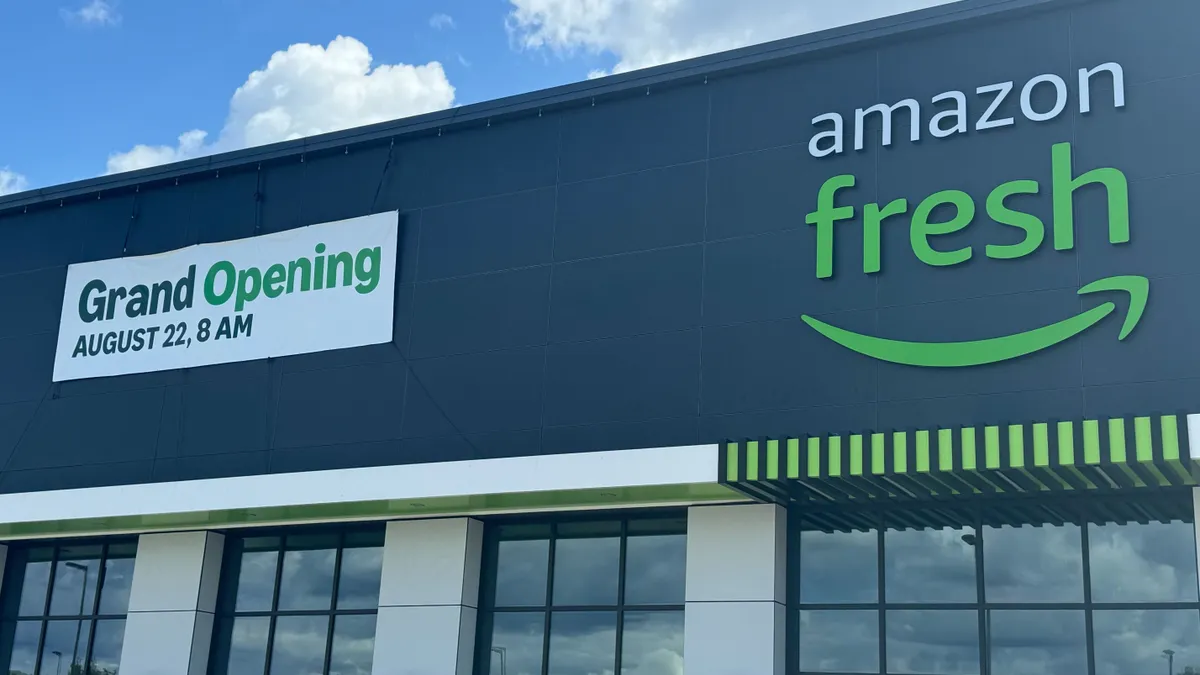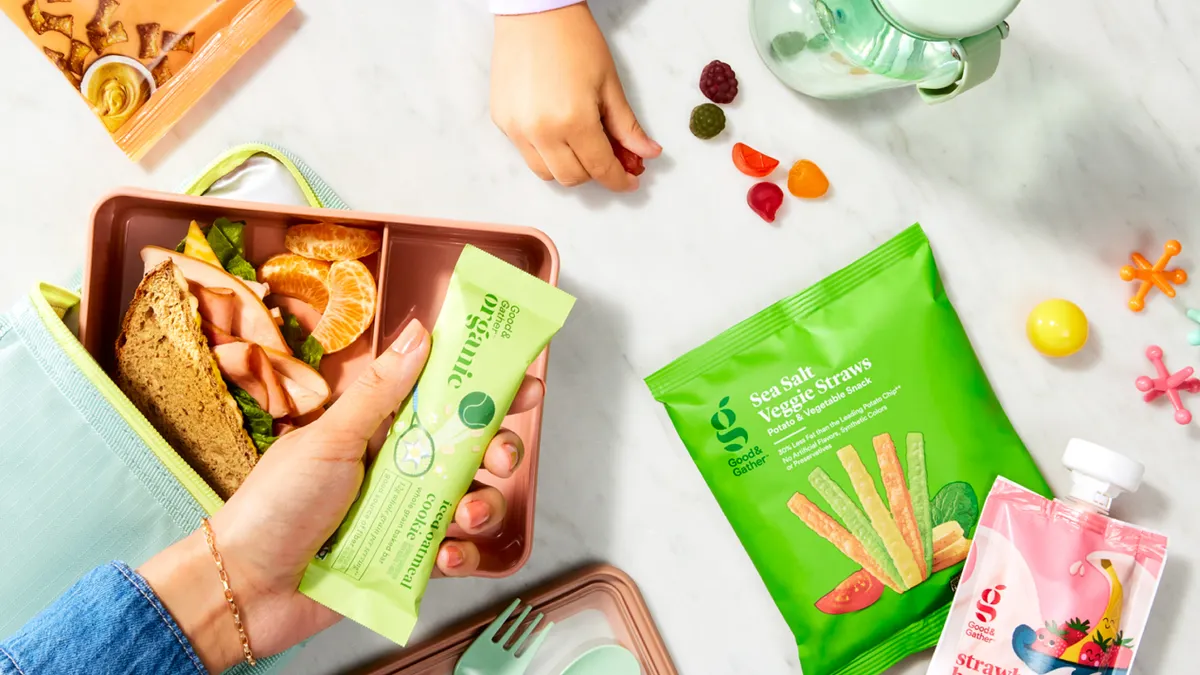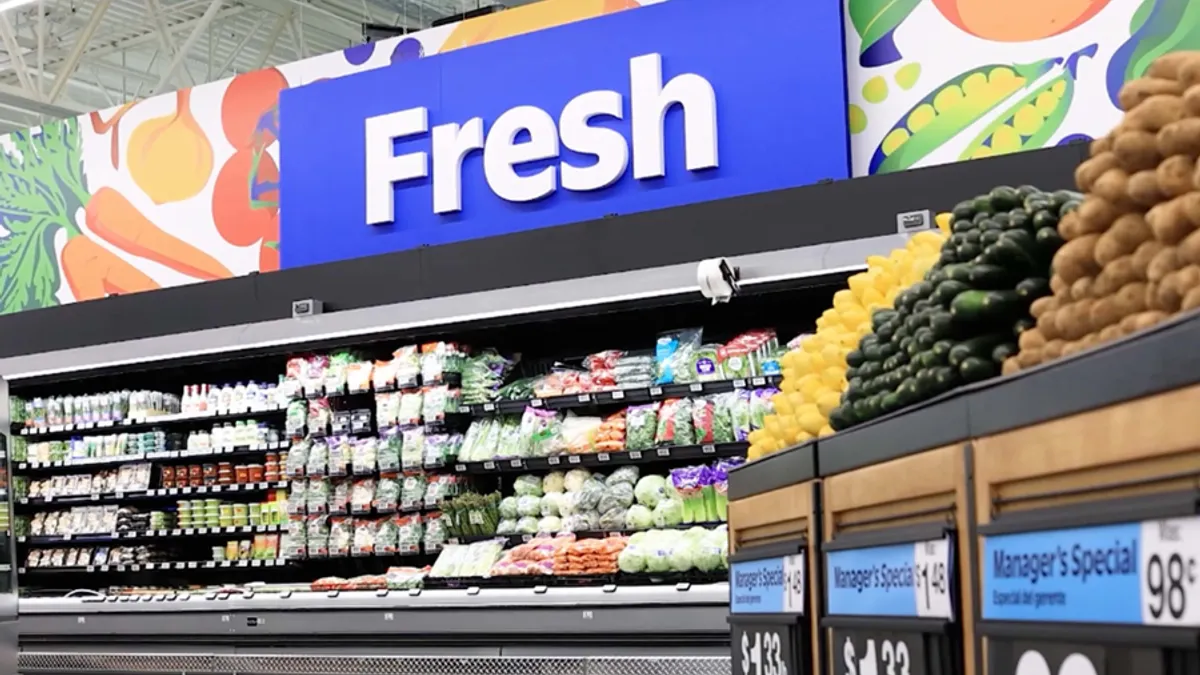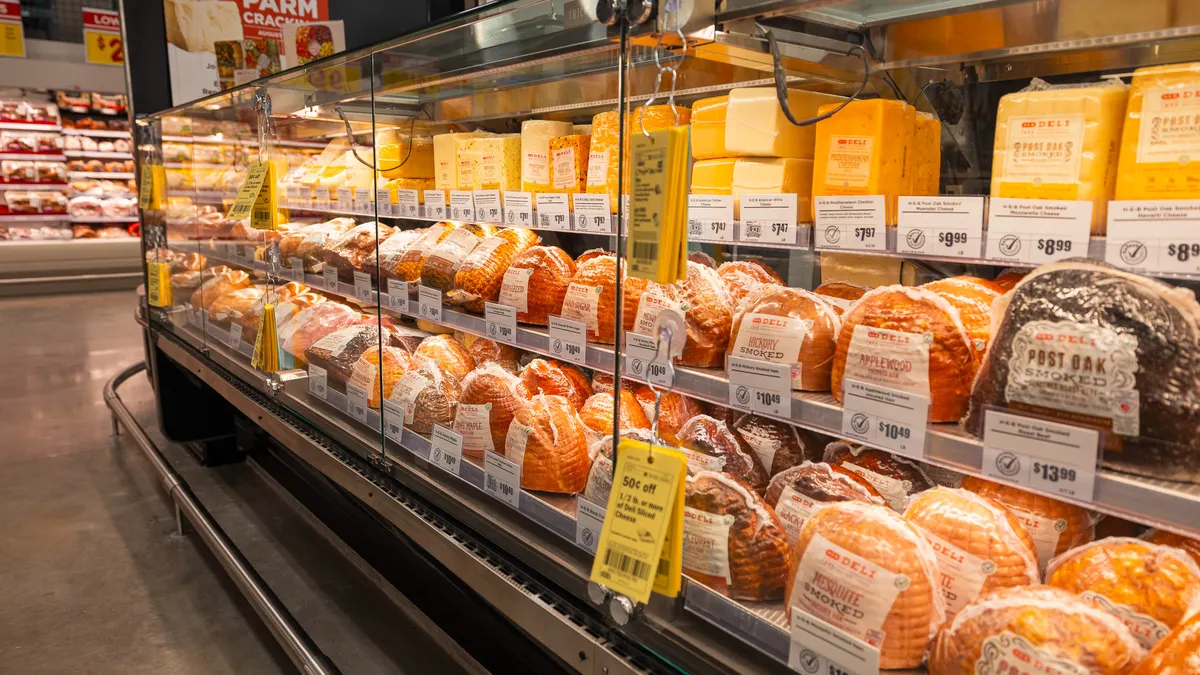After temporary pandemic-related boosts to SNAP benefits ended earlier this year, investors have been asking grocery executives how the reduction in food assistance has impacted their bottom lines.
That interest stems from the spending power of those consumers. SNAP households account for nearly a quarter (24%) of consumer goods spending in the U.S., per a report from consumer insights and data firm Numerator earlier this year.
Numerator also estimated that the ending of SNAP emergency allotments would create a more than $46 billion gap in consumer spending that would impact roughly 41 million SNAP recipients. SNAP recipients, per the research, have turned away from stocking up on sale items to instead buy less expensive brands and less fresh fruit and meat.
The reduction of the SNAP emergency allotments also coincided with ongoing high inflation and the impact that high food prices and economic concerns are having on shopping behavior.
In their most recent earnings calls, Kroger, Grocery Outlet and Dollar General each provided differing viewpoints on how the end of SNAP emergency allotments has affected business. Here’s what the three companies had to say, per Seeking Alpha transcripts of their first quarter earnings calls.
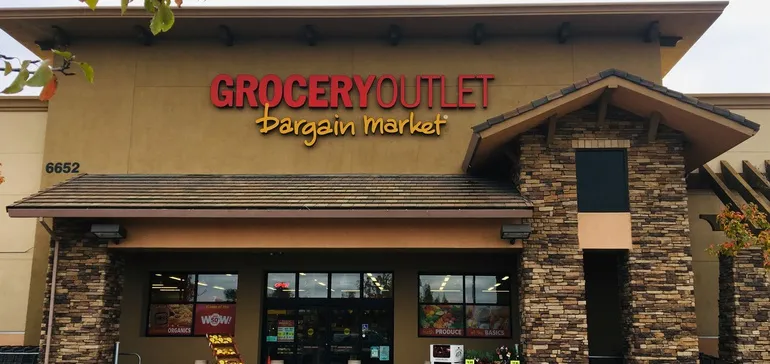
Grocery Outlet
Grocery Outlet CFO Charles Bracher said that the end of SNAP emergency allotments did not result in a “meaningful impact” on the company’s comparable-store sales as it had originally expected for its Q1, which ended April 1.
“Our point of view is that a reduction in SNAP benefits is not necessarily a headwind for our business. And that's been true historically if you look back over time, and we've comped positively through cycles of reduced SNAP funding,” Bracher said in response to an investor question.
Bracher went on to note that Grocery Outlet is expecting that the change in SNAP allotments is “yet one more sort of cumulative pressure to be added to consumers as they look to stretch their dollars — that's great in terms of how we're positioned to help them do that.”
With its focus on bargain shopping, Grocery Outlet sees this as an opportunity to retain its customer base, Bracher said.
“This is just a tender type that our customer is using as opposed to a customer that we might be at risk of losing,” Bracher said.
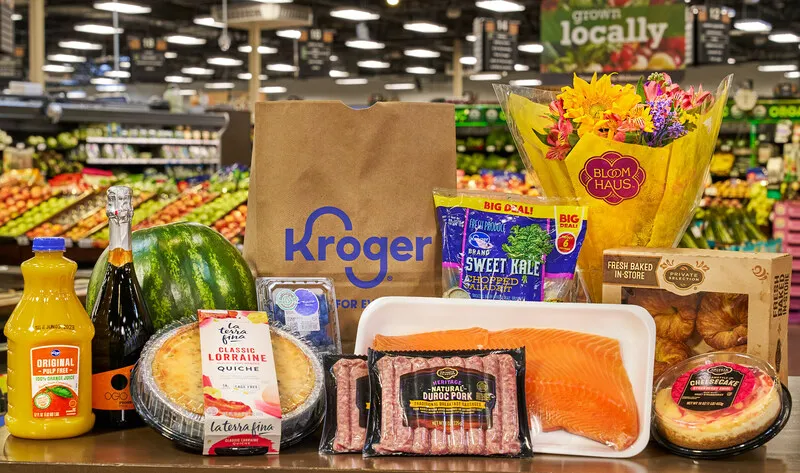
Kroger
While Kroger has appealed to higher-income consumers, enticing them away from specialty retailers, the supermarket operator has seen contrasting shopping behaviors with its lower-income shoppers, the grocer’s executives noted on the call for its Q1, which ended May 20.
During the quarter, Kroger saw its budget-conscious households buy fewer items, which executives attributed in part to the decline in SNAP benefits, Rodney McMullen, Kroger's chairman and CEO, said on the call.
“[SNAP consumers] are making significant modifications including before maybe buying something that was a unit of 12 and now they'll buy a unit of four,” McMullen said. “They're going more [frequently], but buying less each trip and things like that.”
Kroger CFO Gary Millerchip noted that the grocer is focusing on personalization to drive more loyalty and engagement among consumers, especially among ones who are on a very constrained budget and have been impacted by SNAP reduction.
“[We’re] really focusing our marketing effort to ensure that we're personalizing offers to resonate with those customers and help them manage their budgets more effectively,” Millerchip said.
McMullen said that Kroger expects tonnage to improve over the rest of the year as inflation continues to decline on a year-on-year basis.

Dollar General
Dollar General CEO Jeff Owen partially attributed the discounter’s “softer than expected” sales for its Q1, which ended May 5, to the change in SNAP benefits and headwinds from lower tax refunds than customers expected. Dollar General saw share gains return in April and May even as the tax refunds and SNAP changes changed in the back half of March and persisted into April, Owen said.
“As we mentioned on our Q4 2022 call, we did not see a notable sales impact in states that eliminated the emergency allotment early. Instead, our data suggests that customers who use SNAP simply made up the difference in their basket with another form of tender,” Owen said.
He continued: “However, in the states where reductions occurred in March of this year, we have seen an impact to sales, as our customers appear to primarily have reduced the size of their basket instead of using other forms of tender to complete their purchases at the same level.”
Owen said that SNAP consumers, as well as other budget-conscious shoppers, appear to be shopping closer to payday, buying fewer items per basket and focus on dollar price point.
“Unfortunately, our customers are saying they're having to rely more on food banks, savings, credit cards. As we all know, credit card rates are at an all-time high,” Owen said, noting that “our customer is continuing to return to shopping.”
Owen said that its consumer is “much worse off” than a year ago, noting that the discounter sees opportunities “to serve our customer even better” and respond more closely to the macroeconomic environment by leveraging its store fleet of which 80% serves communities of 20,000 people or less.



